Photography in Mount Elgon National Park
Capturing the Untamed Spirit of Mount Elgon
In the far eastern reaches of Uganda, where mist drapes valleys and waterfalls thunder into deep gorges, lies Mount Elgon National Park, a place of both majesty and mystery. It is a land where landscapes are painted in broad, sweeping strokes of volcanic ridges and lush forests, where elephants carve paths into caves and where cultural rhythms echo against the mountain slopes. For travelers and photographers alike, Mount Elgon is not simply a trekking destination; it is a canvas upon which light, life, and history converge.
To photograph this park is to attempt the impossible task of translating an experience into stillness. Every sunrise paints the caldera with hues of gold, every waterfall reflects the power of geological time, and every face encountered among the Bagisu and Sabiny communities carries stories as timeless as the mountain itself. Yet for those who dare to look through the lens, Mount Elgon rewards with images that evoke emotion and preserve memory.
This article explores the art and experience of photography in Mount Elgon National Park, tracing the possibilities and challenges that come with capturing its landscapes, wildlife, cultural heritage, and fleeting moments of light. It is a journey through the visual soul of one of Africa’s oldest mountains, crafted for those who wish to see and record more deeply.
The Landscape: A Photographer’s Canvas
The Caldera’s Vast Beauty
At the heart of Mount Elgon lies its defining feature—the world’s largest volcanic caldera, stretching over 60 kilometers in diameter. Photographers ascending to Wagagai Peak or the rim of the caldera are rewarded with sweeping panoramas that challenge the limits of any lens. The vastness is best captured during the early morning or late afternoon, when shadows add depth and the shifting light paints contours across the ridges.
The caldera’s interior, with its grasslands, small lakes, and moorlands, contrasts with the rugged cliffs that surround it. Wide-angle photography emphasizes the sense of space, while telephoto lenses allow for detailed studies of its geological textures. In every frame, the caldera embodies both the violence of ancient eruptions and the tranquility of present-day silence.
Waterfalls as Natural Masterpieces
Mount Elgon’s foothills are adorned with waterfalls, none more iconic than Sipi Falls, a series of cascades dropping dramatically from basalt cliffs. For photographers, these falls are endlessly versatile subjects. Long exposure techniques transform the torrents into silky ribbons of white, while fast shutter speeds capture the sheer force of their descent.
Mist rising from the falls catches the light in surprising ways, especially at sunrise or sunset when golden hues filter through droplets, sometimes creating rainbows that arc across the gorge. Beyond Sipi, lesser-known waterfalls such as Simba and Chebonet Falls provide quieter scenes where photographers can work without distraction.
Forests and Moorlands: Layers of Texture
Ascending the slopes of Mount Elgon is akin to traveling through different worlds. Lush montane forests dominate the lower elevations, their canopies alive with green layers that soften light into gentle tones. Photographers find ample opportunity to experiment with compositions where vines, mosses, and tree trunks create natural patterns.
Higher up, the vegetation thins into moorlands, where giant lobelias and groundsels rise like sculptures from the earth. These surreal plants, often photographed against moody skies, give images a prehistoric atmosphere. The stark beauty of the moorlands is most evocative when mist curls through valleys, creating depth and drama within the frame.
Wildlife Photography: Silent Encounters
The Elephants of the Caves
Among the most extraordinary photographic subjects in Mount Elgon are the cave elephants, known for their unusual behavior of mining salt from the walls of caverns. Capturing these giants within the darkness of caves such as Kitum or Kapkwai is a challenge that rewards patience and skill. Low-light photography requires careful adjustments, yet the resulting images tell rare stories of adaptation and survival.
Elephants emerging from the shadows, tusks gleaming against mineral walls, provide photographs of haunting beauty. They embody both the strength of Africa’s wildlife and the delicate balance of ecosystems where geology and biology intertwine.
Birds of the Highlands
Mount Elgon is home to over 300 bird species, making it a paradise for bird photographers. The endangered lammergeyer, with its massive wingspan, can sometimes be seen soaring across ridges, while turacos, sunbirds, and hornbills bring flashes of color to forested areas. Capturing these birds demands both telephoto lenses and an attuned awareness of their habits.
The key lies in patience—waiting for the moment when a sunbird hovers near a flower, or when a raptor arcs against the mountain sky. The diversity of avian life ensures that each trek in the park offers new photographic opportunities.
Smaller Subjects, Greater Details
Beyond the large mammals and birds, the park teems with smaller subjects often overlooked yet equally compelling. Chameleons camouflaged against branches, butterflies shimmering in sunlight, and frogs hidden in damp undergrowth all provide chances for close-up photography. Such images, intimate in scale, balance the grandeur of landscapes with the subtlety of details.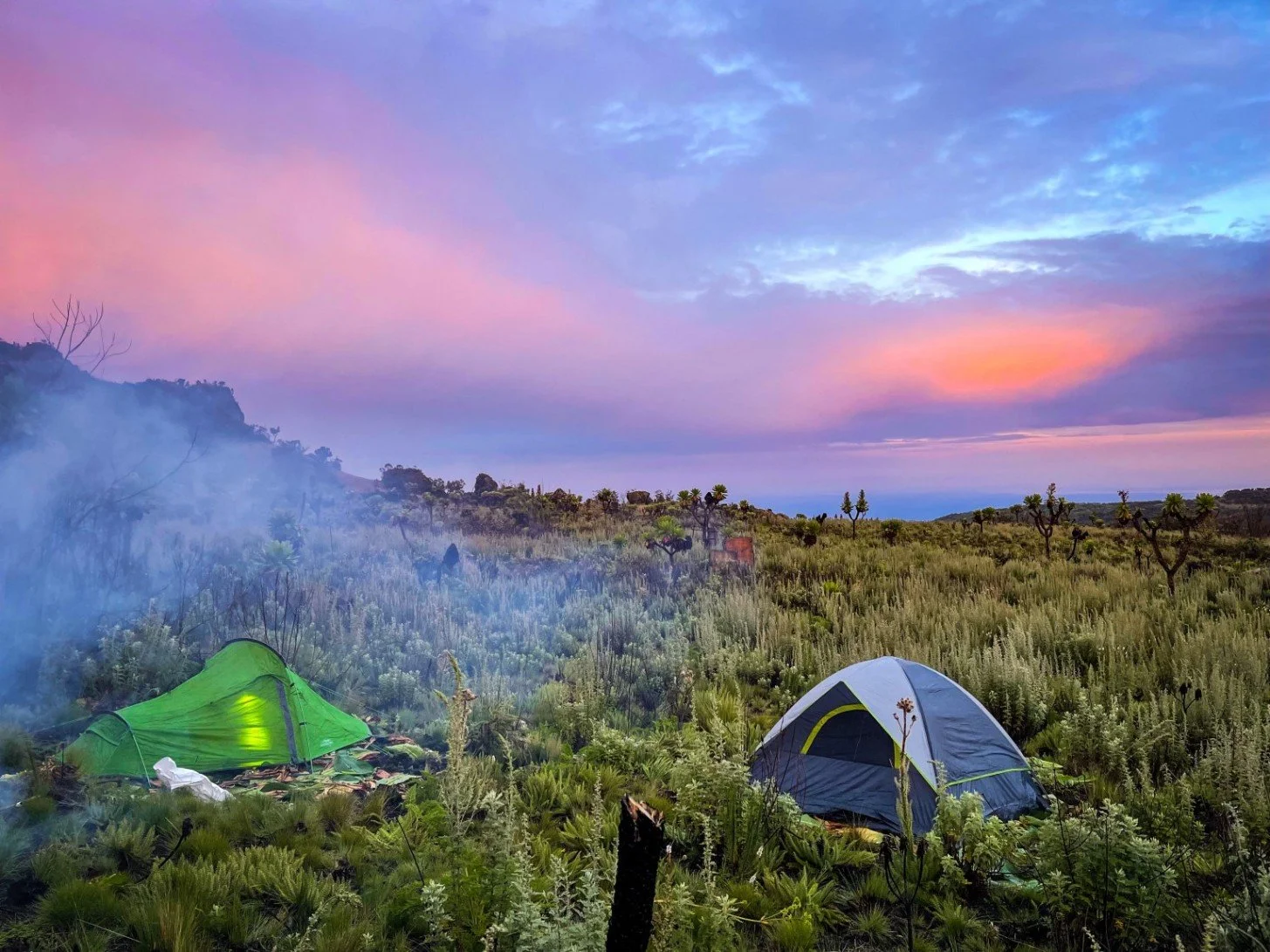
Light and Atmosphere: The Photographer’s Challenge
Photography in Mount Elgon is as much about light as it is about subject. The equatorial sun rises quickly, casting harsh light by mid-morning, which challenges those seeking balanced exposures. Early mornings and late afternoons, however, offer golden tones that accentuate contours and textures.
Mist, a frequent companion on the mountain, softens scenes into dreamlike compositions. Photographers who embrace the unpredictability of weather discover that clouds and fog add atmosphere, transforming even ordinary scenes into works of mystery. Night photography, though less common due to logistical challenges, reveals skies ablaze with stars, unobscured by urban light pollution.
Cultural Photography: Portraits of Heritage
The Bagisu and the Imbalu Tradition
The Bagisu people, also known as the Bamasaba, inhabit the western slopes of Mount Elgon. Their Imbalu circumcision ceremonies, performed every two years, are vibrant cultural expressions filled with dance, drumming, and symbolism. For photographers, capturing these ceremonies requires sensitivity and respect, as they are deeply significant rites of passage.
Images of painted faces, dancers in traditional regalia, and processions of singing youth convey both cultural pride and communal identity. Such photographs preserve not only moments of celebration but also the resilience of traditions carried through generations.
The Sabiny and Their Mountain Life
On the northern slopes live the Sabiny people, whose farming practices and village life reflect deep connections to the land. Portraits of farmers working on terraced hillsides, women tending to coffee plants, and children playing against mountain backdrops illustrate the symbiosis between culture and environment.
Photographing communities around Mount Elgon requires not only technical skill but also trust and relationship-building. When approached with respect, portraits become collaborative acts, capturing dignity and humanity rather than reducing subjects to stereotypes.
Photography as a Conservation Tool
Images of Mount Elgon’s landscapes and wildlife do more than decorate albums; they serve as powerful instruments of conservation. Photographs shared globally inspire awareness of the park’s beauty and fragility, attracting visitors who contribute to its protection through tourism revenue.
Documenting endangered species such as the lammergeyer or the cave elephants provides valuable visual records for scientists and policymakers. Meanwhile, showcasing the cultural richness of the Bagisu and Sabiny communities reminds audiences that conservation must also respect human heritage.
In this way, photography becomes both art and advocacy, a bridge between remote ecosystems and global audiences.
Challenges of Photography in Mount Elgon
Photographing Mount Elgon is not without obstacles. The weather can shift suddenly, drenching equipment in rain or obscuring views in thick fog. The terrain demands stamina, as reaching the most photogenic sites often requires long treks through steep or muddy paths.
Technical challenges also abound. Low-light conditions in caves or forests test the limits of camera sensors, while wide landscapes can overwhelm compositions without careful framing. Wildlife photography requires patience and often long waits, as animals rarely appear on cue.
Yet it is precisely these challenges that make successful photographs of Mount Elgon so rewarding. Each image becomes not only a visual record but also a testament to persistence and connection with place.
Practical Considerations for Photographers
Planning a photography trip to Mount Elgon requires forethought. The dry seasons of June to August and December to February provide clearer skies and easier trekking conditions, making them optimal for both landscape and wildlife photography. Rainy seasons, however, offer lush greenery and dramatic waterfalls, rewarding those willing to work with challenging light.
Accommodation ranges from lodges near Sipi Falls to campsites within the park. Local guides are invaluable, both for navigating trails and for providing cultural context that enriches photographic storytelling. Respect for local communities and natural habitats ensures that photography remains ethical and sustainable.
Through the Lens of Mount Elgon
To photograph Mount Elgon National Park is to encounter more than scenery; it is to witness a dialogue between earth, sky, wildlife, and humanity. Every frame tells part of a larger story—the story of an ancient volcano softened by time, of elephants venturing into darkness for salt, of waterfalls plunging endlessly, of cultures rooted in resilience, and of light that shifts with every passing hour.
For photographers, Mount Elgon offers not just images but experiences—moments where the lens becomes a bridge between perception and preservation. To walk its trails with a camera is to embrace both challenge and inspiration, knowing that each photograph has the power to carry the mountain’s spirit far beyond its slopes.
For those wishing to capture this untamed beauty, it is recommended to arrange photography-focused treks and broader safari experiences through WildHorn Africa, a specialist in curating journeys across Uganda and beyond. With expert knowledge, cultural connections, and a commitment to meaningful exploration, WildHorn Africa ensures that photography in Mount Elgon becomes not just an act of seeing, but an act of truly understanding.

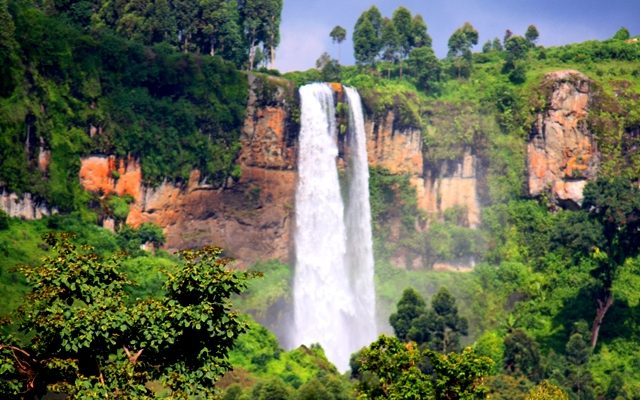
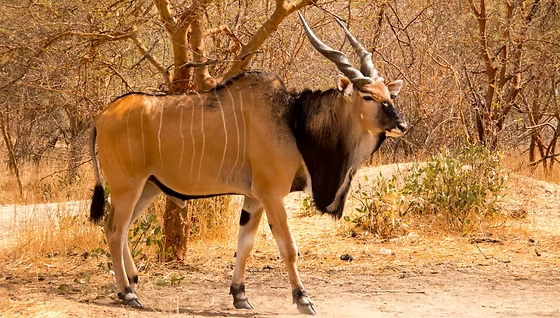
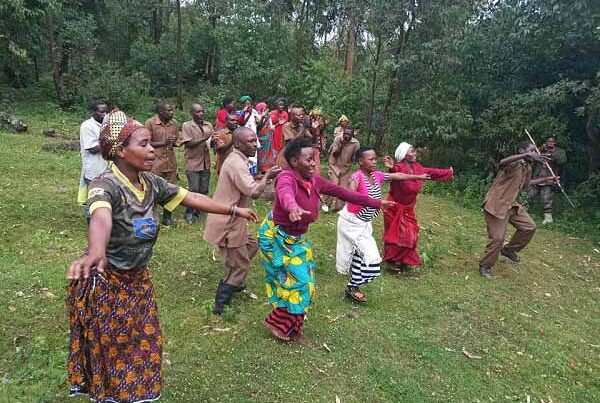
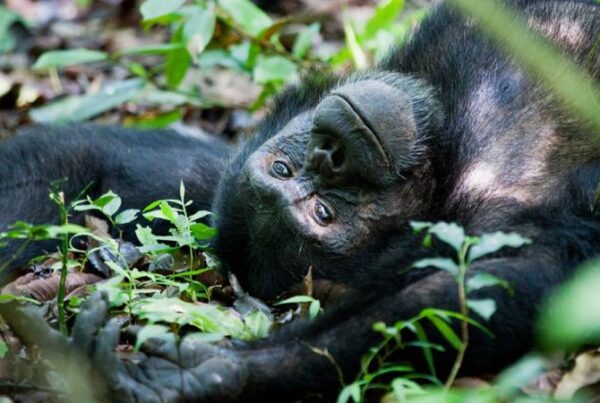
 WildHorn Africa – Authentic and unforgettable tours across Africa, guided by local experts who know the land, wildlife, and culture best.
WildHorn Africa – Authentic and unforgettable tours across Africa, guided by local experts who know the land, wildlife, and culture best.


